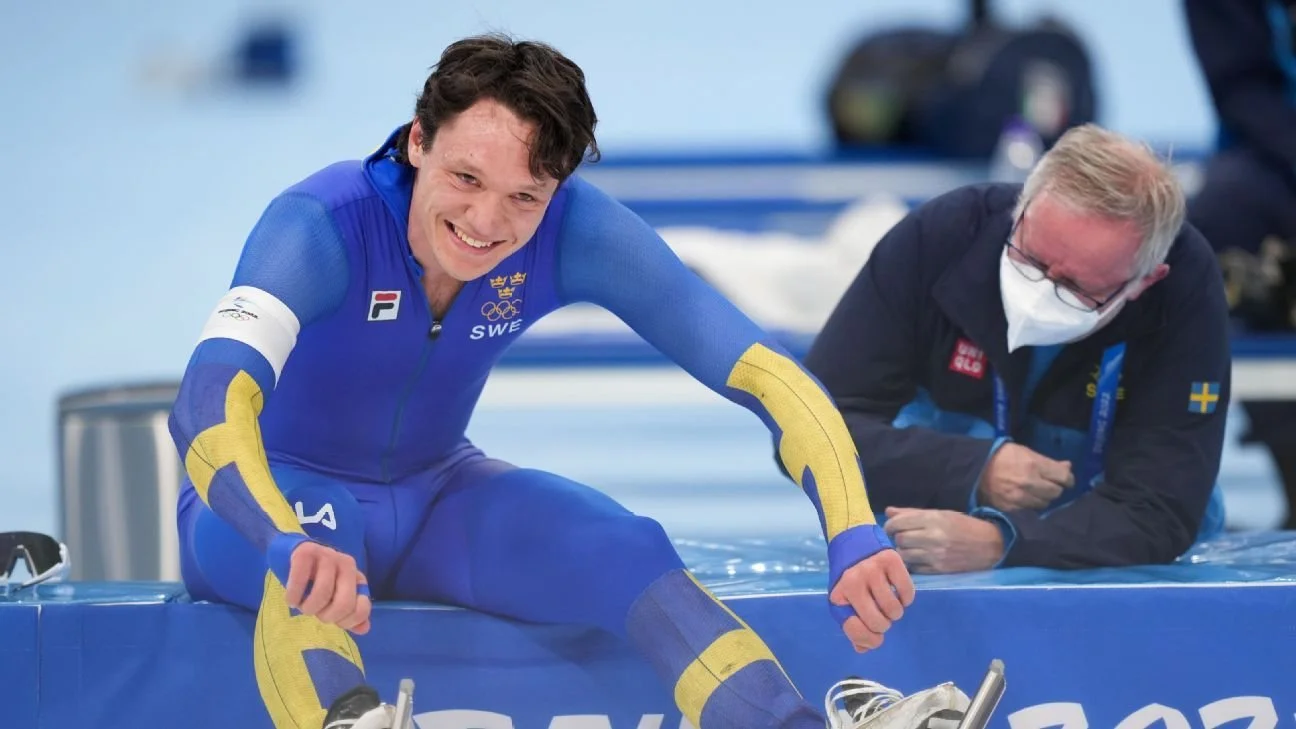
How to Run a 10K (and Also Half a 10K): 6 Takeaways from Nils van der Poel's Training Manifesto
“My training program was very simple and therefore very robust. It was cheap and reliable. Not fancy nor extraordinary. I tried not to involve things that I could not control. I did not become reliant on equipment that I could not easily access. I did not make plans that I did not understand. I did not follow a culture of buying a bike too expensive to bring about in the rain. To me speedskating was just a one-legged squat, repeated over and over during maximum heart rate. It was all just very simple, and I kept it that way. If I were to sculpt a bear out of a big wooden block I would start off with a chainsaw, making the rough outlines of the bear. Then I would proceed with finer, more precise tools, as I carve out the details of the animal. Finally, I would do the last touches with smoother and smoother sandpaper, up until the sculpture was a work of perfection. This is the principle me and my coaches used when we sculpted me.” – Nils van der Poel.

The High-Carb Revolution
What do elite ultrarunners and sugar-fuelled ten-year-olds have in common? Turns out, pretty much everything when it comes to nutrition.
The high-carb revolution is one of the newest ideas to captivate distance runners, and with more than a world record a month having fallen in 2024, it’s easy to see why.
In this article, we break down the role of carbs in endurance sport and overview the science behind this latest trend.

The Double Threshold Model Explained
In some training groups, it’s all they talk about. In others, the words themselves are taboo. The double threshold model, or “The Norwegian Method”, has emerged in recent years as the most influential training philosophy in distance running. But while the modern-day Vikings of endurance sport are quick to tout its value, not everyone is convinced. In this article, we explore the history of the model, the science underpinning its use, and the reason for its sudden rise to prominence.

Aerobic vs Anaerobic Training: Why Slowing Down Will Make You Faster
It’s the most counterintuitive idea in the sport, but it’s been proven time and time again: running slowly in training will help you run faster on race day. In this article, we break down why this is true.

The Lydiard Method
The Lydiard model was the most important development in running during the 20th century and is still highly relevant and influential today. Created by New Zealand athlete and coach, Arthur Lydiard, the system redefined the training methods of elite and recreational runners alike, as well as serving to popularise the sport throughout the world.

Arthur Lydiard
Explore the life of Arthur Lydiard, history’s most influential athletics coach.

